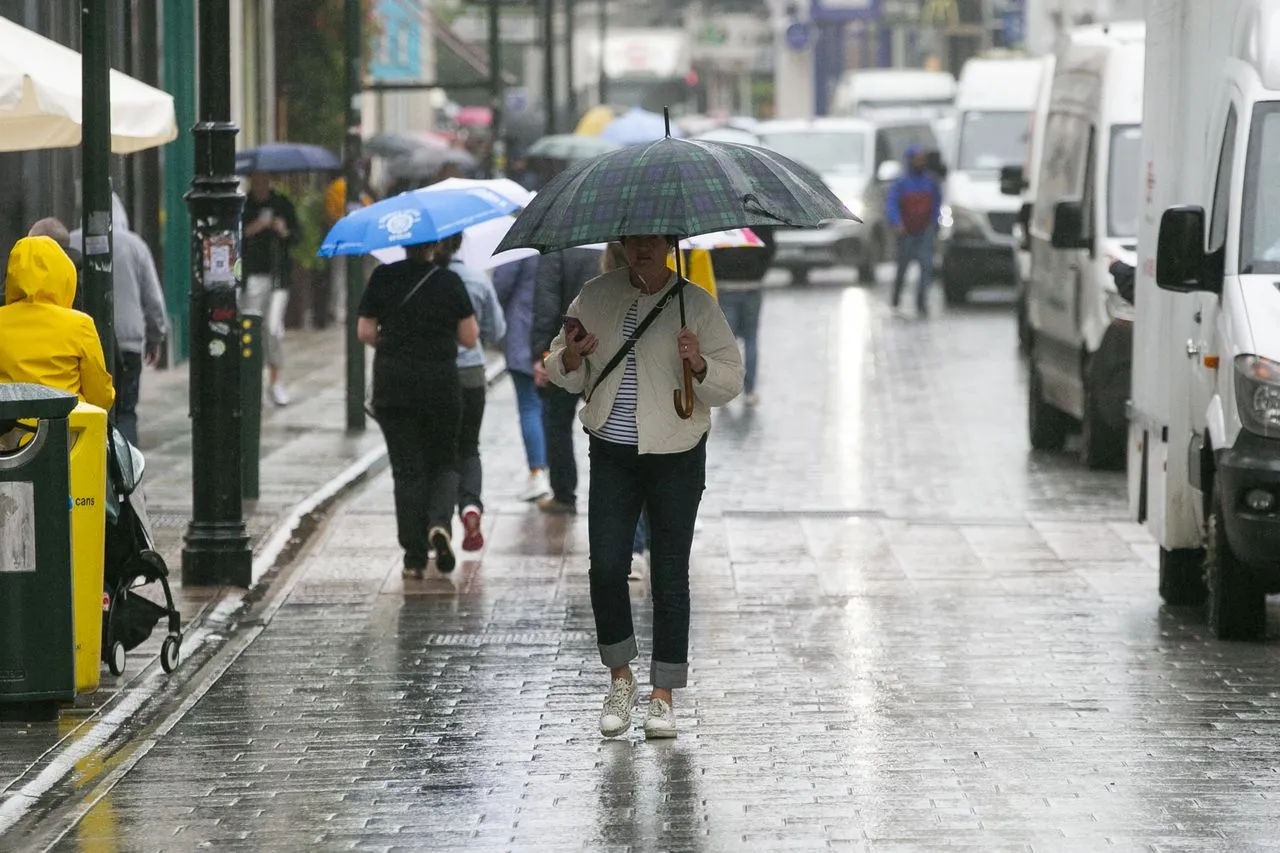Met Éireann Reports Heavy Rain and Lowest Temperatures In Nine Years During the Summer 2024

According to Met Éireann latest climate statement, the summer of 2024 was the coldest in nine years, with an average temperature of 14.5°C. This marks a significant drop from the previous years, with 2015 being the last year with a lower average temperature of 13.87°C.
This summer’s lower temperatures were a stark contrast to the warmer-than-average trends experienced over the last decade, making it a notable departure from recent climatic patterns.
The season was marked by overall poor weather conditions, with June recording the coldest temperatures on record for the month and August being the second-wettest ever documented.
These extreme conditions were part of a broader pattern of unusual weather, with summer 2024 standing out for its deviation from the long-term average temperatures and rainfall.
The summer of 2024 also broke a 13-season streak of warmer-than-average summers, which had been in place since the spring of 2021. This shift was particularly evident in the northwest of Ireland, which experienced significantly more rain and cooler temperatures compared to other parts of the country.
The northwest saw some of the worst weather conditions, including persistent rainfall and lower temperatures, contrasting sharply with the relatively milder conditions in the eastern regions of Ireland.
In the eastern part of the country, particularly in Dublin and surrounding areas, the weather was somewhat more favourable. These regions experienced more sunshine and drier conditions compared to their northwestern counterparts.
Also Read: Minister Of Transport Asks About The Expensive Bike Shed Installation At Leinster House
The contrast between the wet, cool northwest and the drier, sunnier east was striking, highlighting the diverse weather patterns that can occur across different parts of Ireland during a single season.
Met Éireann early June’s weather predictions set the stage for a cooler summer. Several arctic blasts from the north prevented warmer air masses from moving into Ireland, contributing to the overall cooler temperatures.
The jet stream, which plays a crucial role in influencing weather patterns, was positioned in a way that blocked warmer air from reaching the country. This resulted in prolonged periods of cool and unsettled weather throughout the summer.
June and July were generally dry and cool, although July saw some warming as high pressure built up to the south of Ireland. This high pressure allowed for periods of clearer skies and relatively higher temperatures.
However, as August arrived, low pressure systems in the north and northwest brought increased rainfall and cooler temperatures to these areas, while high pressure in the south and east led to drier weather and higher temperatures.
The most rainy day of the summer was August 4, when Newport in County Mayo recorded 34.6 mm of rain. Newport also reported the highest number of days with significant rainfall, including both days with 1 mm or more and those with 10 mm or more.
This contributed to Mayo’s status as the region with the most rain during the summer. Additionally, Mayo experienced the lowest temperature of the season, with a low of 1.8°C recorded at Claremorris on June 11.
In contrast, Dublin experienced the highest temperature of the summer, reaching 26.6°C at the Phoenix Park on June 24. Dublin also recorded the greatest amount of sunshine for the season, with a total of 514.1 hours at Casement Aerodrome in Baldonnel. Meanwhile, Malin Head in County Donegal, the country’s most northerly point, saw the least amount of sunshine, totaling 391.7 hours.
Also Read: Thousands Potentially Overcharged in Suspected Car Sales Scandal
Interestingly, although the summer solstice on June 21 is traditionally the longest day of the year, the highest number of sunshine hours in a single day was recorded two days earlier, on June 19, in Gurteen, County Tipperary, with 15.9 hours of sunshine.
Met Éireann’s historical records show that the warmest summer on record was in 1995, with an average temperature of 16.11°C, while the coldest was in 1912, with an average of 12.65°C. Despite being cooler than recent years, the summer of 2024 ranks as the 52nd warmest out of 125 years of recorded data.
Gale force winds were reported on six days throughout the summer, with August experiencing the most severe winds. The strongest gust was recorded at Roche’s Point in County Cork on August 23, reaching 96 km/h due to Storm Lilian.
LATEST NEWS
DISCOVER MORE






